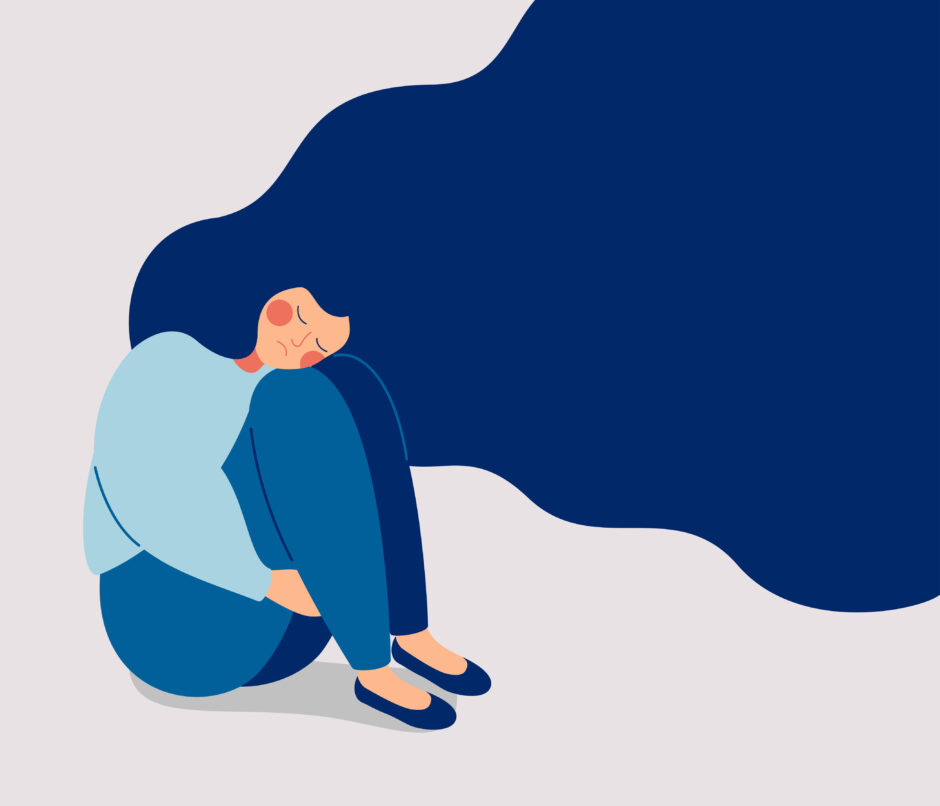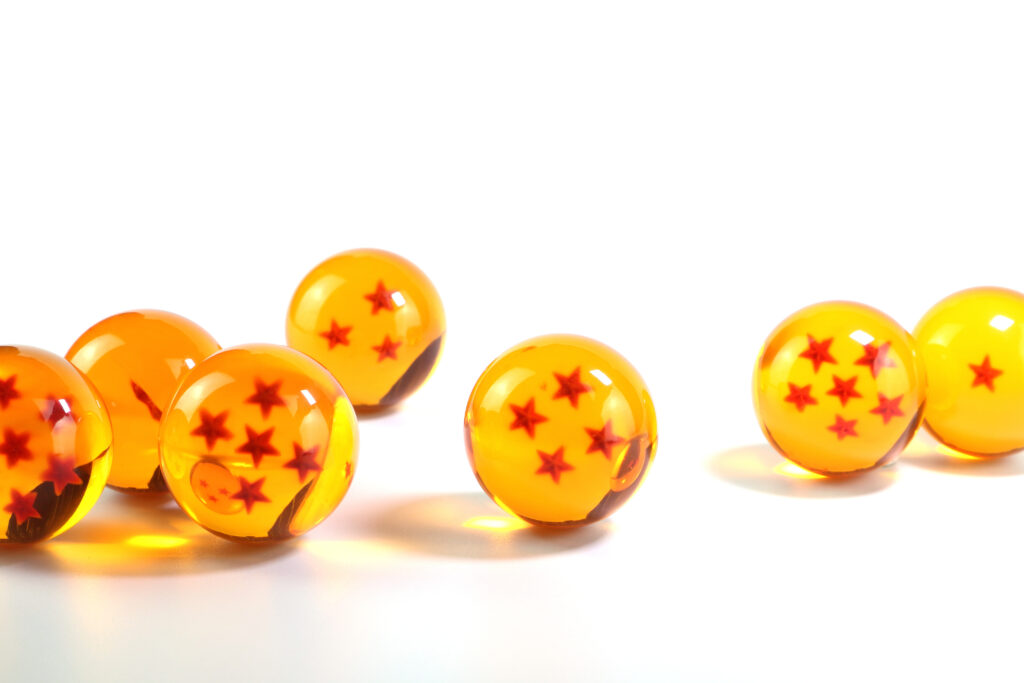Depression in Kanji symbol
The origin of the Kanji character for “depression,” which is too difficult to write for many of Japanese people, means a state of being blocked and filled up by being congested or holed up.
At the time the word “congestion” is added, there is some kind of “traffic jam,” and that the flow was originally smooth, so there was no particular problem.
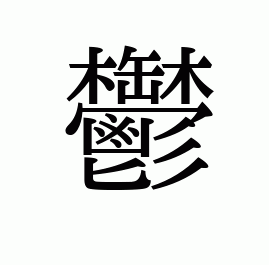
The Story of “Qi” -energy-
The term “qi” refers to energy, which is easy to imagine if you are familiar with the famous manga and anime series Dragon Ball.
It is like gasoline, which is essential for life support and social activities. Qi is also referred to in Japanese alternative medicine, called Kampo medicine as one of the most significant concepts for its pathophysiological components.
In the world of Kampo medicine, stagnation is a condition in which the flow of energy is impaired for some reason. There is not necessarily a single cause.energy stagnation creates a very uncomfortable condition, which can lead to experiencing irritability, depression, anxiety and insomnia over trivial matters.
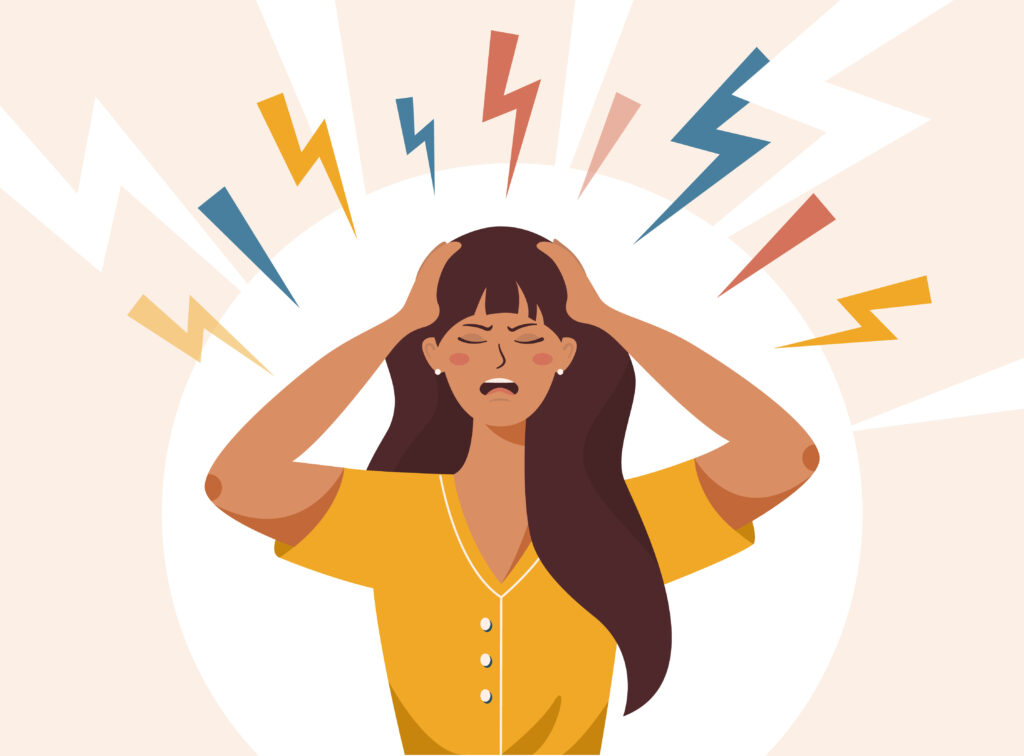
It can also be accompanied by stomach pains, coughing, breathlessness, and numbness. When this “congestion” progresses further, it can lead to a condition called “qi-gyaku” or energy reverse.
In qi-gyaku, the energy that normally flows from the top to the bottom becomes congested and stagnates at the top. The “top” refers to the head, which is above the body. For example, headaches, nausea, dizziness, hiccups, and burping. In the past, people thought that energy was flowing backwards because it was moving from the bottom of the body to the top or occurring above the body.

Qi-tai (Stagnation) and Qi-kyo (Deficiency)
The term “qi kyo” or energy-deficiency is also very important in Kampo medicine as it refers to the depletion of energy and lack of gasoline. Depression may also be a symptom of energy deficiency.

The important point is that the symptom of depression used in psychiatry is similar to the concept of Kampo medicine and includes both stagnation and deficiency of energy.
In some people, energy loss due to stagnation consumes energy for the stagnation, resulting in the development of energy deficiency, while in others, energy stagnation leads to energy deficiency. In other cases, energy stagnation may lead to energy deficiency.
In fact, it is important to note that in this order (energy stagnation alone, then energy stagnation and energy deficiency, then energy deficiency alone), it becomes difficult to grasp the subjective symptoms, and in this order, not only the patient but also the people around them become concerned. Ultimately, it is a case by case basis, but in general, this order is often easier to treat.
The metrics of depression
One important measure to determine the depth of depression is the “energy level”. There are roughly three levels; high-, middle-, and low-enegy level.
- HIGH: Prominent frustration, irritation and anxiety would be triggered with minute stress.
- MIDDLE: Performance in work and daily life would be affected, such as focus, motivation.
- LOW: Unable to evaluate your own energy level as it’s too low to process.
1. High energy level

In the early stage of the onset of depression, many people may be disturbed with the following symptoms, such as irritability, transient depressive mood, mild anxiety from nowhere, shallow sleep, stomach pain, suffocating feeling, coughing, breathlessness, numbness of extremities, etc.
All of those are able to occur by almost full level of energy inside of you. The high level of energy allows you to notice these slight changes in you as well.
As I explained above, stagnation of energy flow would be the key in this case. In order to let it flow again, you do not need to do anything special; just sleep better keeping yourself away from the possible stressors.

In other words, medication is not necessary to relieve this “stagnation”. However, if, for example, the patient is extremely distressed against shallow sleep or anxiety than usual, assisting with medication for these symptoms (= symptomatic therapy) will lead to a shorter treatment period, than without introducing it. Of course, medication is only temporary.
This is as if you were introducing antipyretics to relieve your fever when you got flu. Fever will go away with or without antipyretics as you recover from the flu but life would be much easier by taking these medications for some people.
By finding the right medication fit for you, you will be able to feel more secure towards the future events because you will get another powerful solution against the future unpredictable slump.
Again, I would like to emphasize that medication is one of the solutions, medication is never the panacea for your entire well-being. You are the one who handles your well-being.
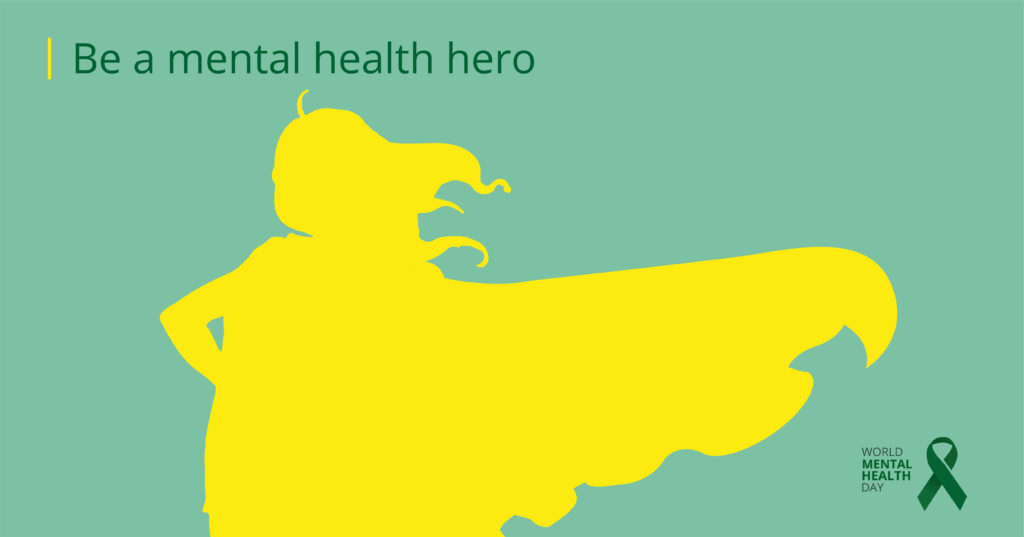
It is known that moderate exercise, healthy diet, and a social life can help alleviate stress and pain, improve self-esteem, and improve sleep quality.
If you are in this high level of energy stage, where you still have a lot of energy left, you will be able to introduce these strategies as well.
It is also an effective way to eliminate isolation by sharing your predicament with a counselor who can understand you professionally, such as the mental health counseling services set up by public institutions.
The best timing for receiving psychotherapy (non-medication)

The advantage of visiting a clinic when you are at a high-energy level is that you can get objective and professional information about your condition at that time, and you can also shorten the period of suffering and prevent it from getting worse.
The patient still has the ability to “listen, understand, and remember,” which leads to a better understanding of your current condition without extra efforts.
In addition, as mentioned earlier, treatment works better overall, so the benefits can be maximized at this stage.
The “appropriate timing” I mentioned at the beginning of this article refers exactly to this state of high-energy level. This is because, in mental health, “early detection and early intervention” is the key to promote it. This is also called secondary prevention.
Primary (1′) prevention challenges to stay healthy away from being symptomatic
Tertiary (3′) prevention challenges to stay in remission away from getting relapse

In fact, I often receive comments from many patients who came to my clinic at this stage, such as “I was scared because I thought I might be depressed, so I gathered up my courage and came here, but I felt lighter just by coming here and talking.”
In addition, counseling or psychotherapy are effective, and there are many places where government-certified psychologists are involved in the sessions.
>Middle-energy level makes people decide for consultations: To be continued

